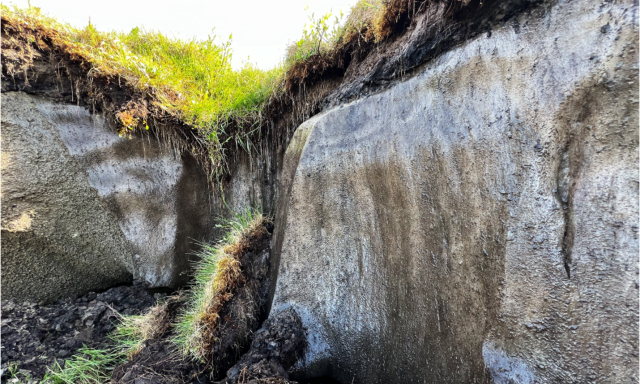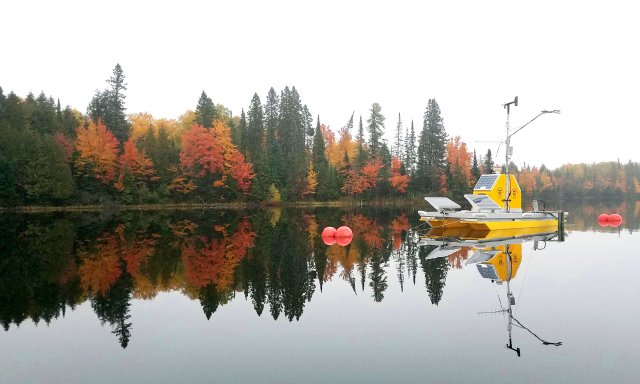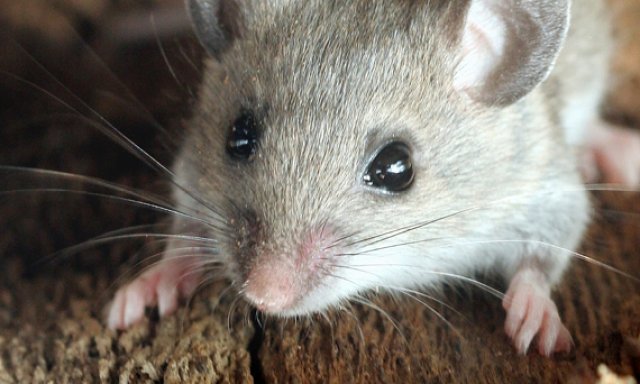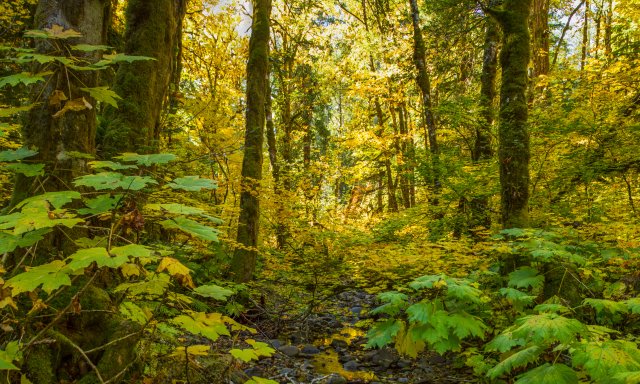Impact
Explore how NEON impacts ecological research and education.

Case Studies
Research supported by NEON
NEON provides a foundation for hundreds of research projects. Learn about the work we've supported:
How Permanent is Permafrost? AI Might Help Us Find the Answer
Permafrost degradation is an urgent concern for Arctic ecosystems and the global climate. A recent paper leverages artificial intelligence to develop better predictive models of permafrost thaw. The researchers used data from NEON’s terrestrial field sites in Alaska to train the model, along with data from AmeriFlux.

Source or Sink? Inland Waters Can Be Both for Nitrous Oxide
A recent study using data from NEON aquatic sites shows that across the continent, under the right conditions, freshwater lakes and streams may act as both sources of atmospheric N2O, and as sinks for the gas. This behavior may help to partially offset N2O emissions and is crucial to account for in climate modeling.

Studying Viruses Using Archived Rodent Samples
Arvind Varsani is interested in virus diversity at many scales and across species. He collaborated with Laura Steger and Kelsey Yule at the NEON Biorepository at ASU, along with other researchers, to explore the potential of extracting viral DNA from archived rodent fecal and liver samples. Their work was published recently in Virology.

Spotlights
People making an impact

Women in Ecology – Mary Lofton
In our latest Women in Ecology interview, we spoke with Dr. Mary Lofton, a postdoctoral research associate in the Center for Ecosystem Forecasting at Virginia Tech. Here, she shares her non-linear ecology journey, what she likes the most about being an ecologist, and the impacts she hopes to continue to make within the field of ecology.
Learn more about NEON's footprint
Discover where NEON transforms ecological research and learning.
Observatory Blog
Like to hear what the NEON community is working on? We publish about one new blog post per week.
Publications
Scientists and educators have published many professional papers using NEON data and resources. Check out our bibliography.
Newsroom
Check out our newsroom where you can subscribe to periodic newsletters, find where we've been in the news, and more.
Share your research story!
Have you used NEON data, samples, or infrastructure? Please contact us about your research and we'd be happy to write a blog article featuring your work as well as add your papers to our publications list.
Recent Publications
NEON has already supported many research projects; explore the literature that has been produced by NEON's community.

Engaging at conferences
NEON at ESA 2024
NEON attended the in-person 2024 Ecological Society of America meeting.
NEON at AGU 2024
NEON and Battelle attended the 2024 American Geophysical Union Fall Meeting.